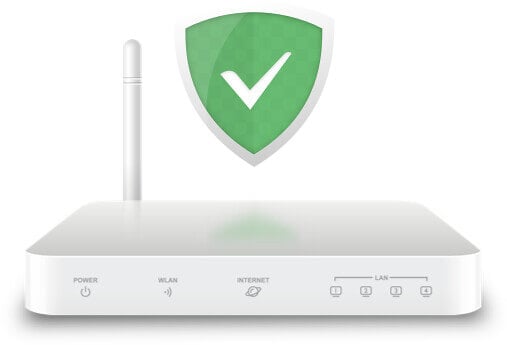
Select System Preferences → Profiles or System Preferences → Network → Advanced, (depending on if you have configuration profiles installed). Select Settings → General → VPN, DNS, & Device Management → DNS macOS ¶ Signed profiles are offered by AdGuard, NextDNS, and Quad9. For more information on code signing, see About Code Signing. A green "Verified" label is given to signed configuration profiles. Signed profiles are preferred signing validates a profile's origin and helps to ensure the integrity of the profiles. Secure DNS profile creator is an unofficial tool for creating your own encrypted DNS profiles, however they will not be signed. Signed Profiles ¶Īpple does not provide a native interface for creating encrypted DNS profiles. If a VPN is active, resolution within the VPN tunnel will use the VPN's DNS settings and not your system-wide settings. Both protocols are supported natively via configuration profiles or through the DNS Settings API.Īfter installation of either a configuration profile or an app that utilizes the DNS Settings API, the DNS configuration can be selected. The latest versions of iOS, iPadOS, tvOS, and macOS, support both DoT and DoH. The settings can be found in: Settings → Network & Internet → Private DNS.

#Adguard dns android#
Native Operating System Support ¶ Android ¶Īndroid 9 and above support DNS over TLS. The criteria for the servers listed above are: Filter list being used can be found here.īased on server choice, Malware blocking by default.

Learn more about DNS Recommended Providers ¶ DNS Providerīased on server choice. Encrypted DNS will not help you hide any of your browsing activity. DNS Resolvers DNS Resolvers Table of contentsĮncrypted DNS with third-party servers should only be used to get around basic DNS blocking when you can be sure there won't be any consequences.Why we recommend GrapheneOS over CalyxOS.


 0 kommentar(er)
0 kommentar(er)
